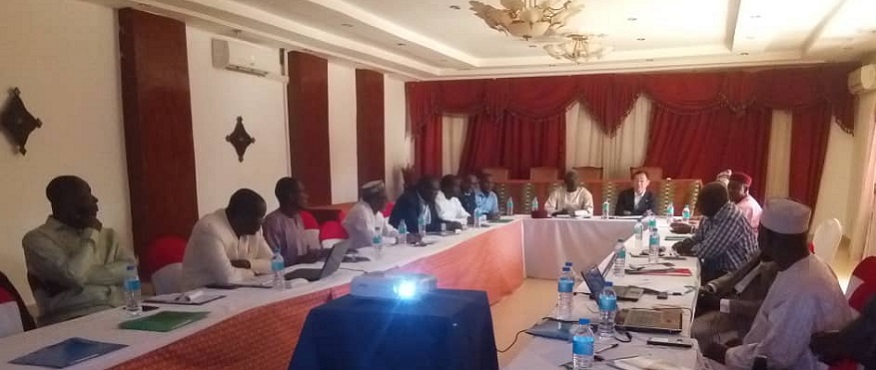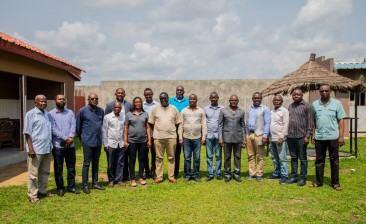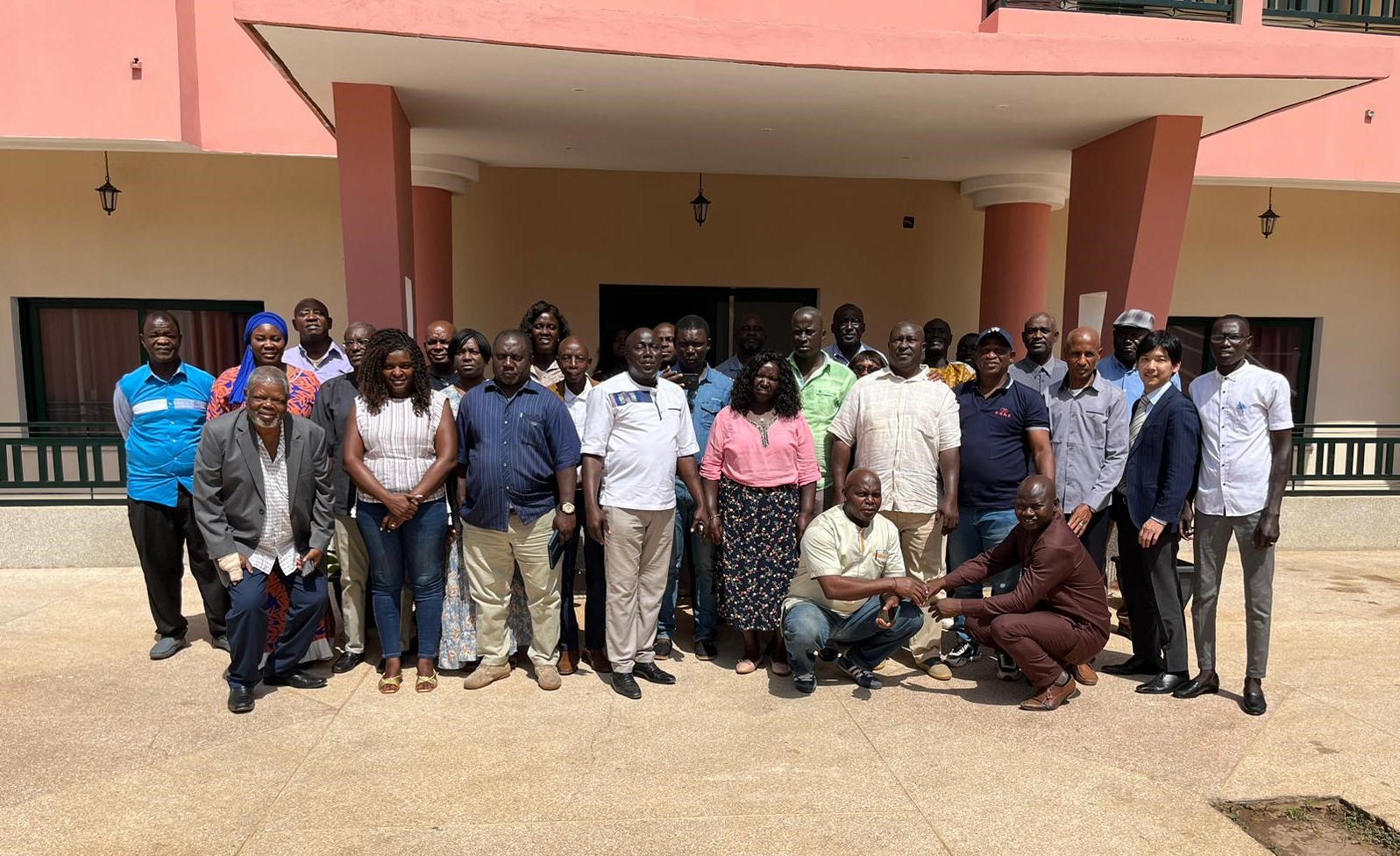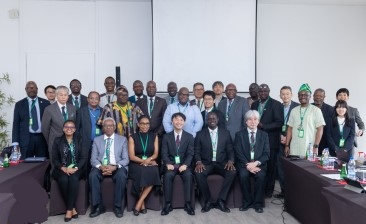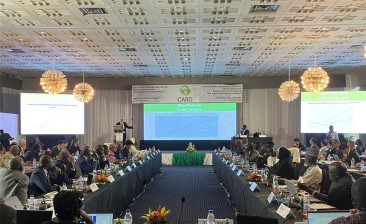Niger, November 2019
Second Working Week on the elaboration of the National Rice Development Strategy in Niger
In Niger, rice is the third most important cereal, after millet and sorghum. Rice plays an important role in the economy and represents a source of income and an important component in the diet of many households. However, despite its importance, the consumption demand for rice is significantly higher than the local supply. This has led to an increase in rice importation. To reverse this trend, CARD organized a first working week in July 2019 to draw strategies that could ensure the role of rice production in improving incomes, reducing the trade balance, and improving food security.
Through a diagnosis of the sector, strengths, weaknesses, opportunities, and threats were identified during the first working week. Subsequently, a second working week was organized from 18th to 22nd November, in order to develop a framework for the National Rice Development Strategy (NRDS). Chaired by the Director-General of Rural Engineering (DGGR), the workshop saw the participation of the main actors from the various segments of the rice value chain in Niger.
Key Results / Outcome
It was agreed that Niger’s NRDS should aim to achieve a production of 1,525,856 tons of paddy by 2030. This target shall not only help meet the demand through local production but also help obtain a surplus to constitute a safety stock. The path to achieving this target will be divided into two phases:
- The first phase, 2018-2023, is where the objective is to achieve rice self-sufficiency. To do so, the strategy will consolidate the achievements of the policy of promoting the rice sector and initiate the modernization and intensification of irrigated rice cultivation. Specifically, it will involve rice production over an area of 164,007 ha (41% irrigated and 59% rainfed and low land). Production will also require the supply of 5,275 tons of improved seed, 23,051 tons of urea, 23,051 tons of NPK, 10 tons of herbicides, and 1 ton of fungicide. The target is to produce 873,306 tons of paddy in 2023, equivalent to 567,649 tons of white rice. This level of production will lead to a surplus of 39,358 tons; since it is estimated that the consumption demand will be about 528,291 tons by 2023.
- The second phase, 2023-2030, where the objective is to accelerate the rhythm of production in order to have 1/3rd of the level of demand as surplus production. During this phase, rice cultivation areas will be increased to around 236,007 ha (50% irrigated and 50% non-irrigated). This will require 8,275 tons of improved seed, 35,451 tons of urea, and 35,451 tons of NPK. Paddy production will reach nearly 1,525,856 tons in 2030, or 991,806 tons of white rice, for an estimated demand of 743,091 tons. This corresponds to the additional production of 248,715 tons of white rice.
The key strategic approaches that will be adopted during the implementation of the proposed NRDS include the following: –
- The government focuses on its sovereign role;
- The government catalyzes the development of new irrigation schemes and continues to subsidize the farm inputs;
- Greater involvement of the private sector in the rice value chain; and
- A demand-based participatory approach by value chain actors could include a contract-based system in order to make the relevant actors more responsible
Based on these initial results, it is planned to continue the NDRS drafting process in order to obtain a first draft of the revised NRDS by the end of December 2019. After obtaining the first draft, a validation workshop will be organized in January 2020 in order to have a final and approved version of the revised NRDS by February 2020.
